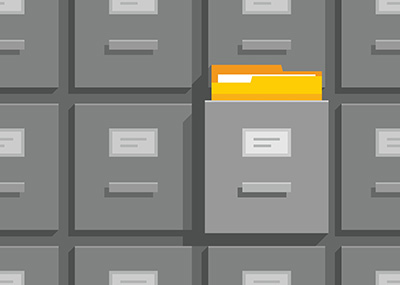Elevate the power of your work
Get a FREE consultation today!
Employee self-service tech improves efficiency, by lightening HR professionals' workloads, and effectiveness, by differentiating each employee's needs.

As organizations continue moving at a breakneck pace, human resources departments need to identify how they can keep up. The employee self-service solution eases the burden on HR professionals and allows them to use their time for more strategic initiatives.
A major challenge facing human resources is to make HR functions both more efficient and more effective at the same time. In The Advancing HR Function, a recent HR.com study sponsored by Iron Mountain, few HR professionals strongly agreed that their HR functions are highly effective or efficient. However, 55% agreed somewhat that their HR functions are highly effective, while 51% agreed somewhat that they are highly efficient.
The trick is to boost both at the same time. Enter employee self-service technology. This technology improves both efficiency, by lightening HR professionals' workloads and reducing inaccuracy, and effectiveness, by differentiating each employee's needs.
Welcoming a new employee to the organization can be time-consuming and stressful for HR departments, especially if they're hiring people in large groups. With employee self-service (ESS), new staff members can log in to a virtual corporate environment. ESS portals allow employees to access relevant information independently, receiving all the necessary information to launch into their new jobs. They will also be able to upload required documents like proof of ID, addresses, health information and other key details all in one place — cutting out the paperwork and the middle man. A streamlined hiring process benefits both new hires and HR professionals.
Once an employee is onboarded, their information may change — for example, they may move, marry or have children. Data inaccuracies cause inefficiencies and can easily be remedied with ESS capabilities. Employees can also use self-service for e-learning, training, tracking attendance and streamlined communications.
Surprisingly, as many as 46% of organizations with self-service technology still use paper or email for the completion of I-9s, according to a Paycom Software, Inc. survey. Ideally, organizations could completely eliminate the use of paper documents and centralize their records in one convenient location. Employee self-service portals can serve as that central location for performance management, pay stubs and benefits enrollment documentation.
Along with centralizing records, self-service tech can replace intranets. Human resource intranets aren't a new phenomenon - they've existed for almost 20 years. However, intranets are frequently unusable, hampered by unsophisticated site design, poor linking and outdated information. With systems updated to more dynamic portals, employees can benefit from single-sign-on functionality, more accurate information and a portal tailored specifically to their needs.
Most HR professionals agree that technology will play a large role in their field over the next several years. According to The Advancing HR Function survey, 80% of respondents said "leveraging HR data/analytics" was essential and important, but only 31% said their own department's proficiency was excellent or above average. What can HR professionals and organizations do to close this gap?
Organizations can start by accepting that the role of HR departments is evolving. To be effective, HR professionals must have not only traditional HR skills and knowledge, but also familiarity with web-based HR technology. Organizations that successfully implement sophisticated HR technology outperform those that do not, according to the Society of Human Resource Management (SHRM).
Employee self-service tech can help HR professionals efficiently and effectively juggle their many responsibilities around recruitment, compliance and talent development. In this white paper, "The Advancing HR Function", you can discover other key challenges that HR professionals face and what they can do to overcome these obstacles and continue to advance their organization and its people.
Get a FREE consultation today!
